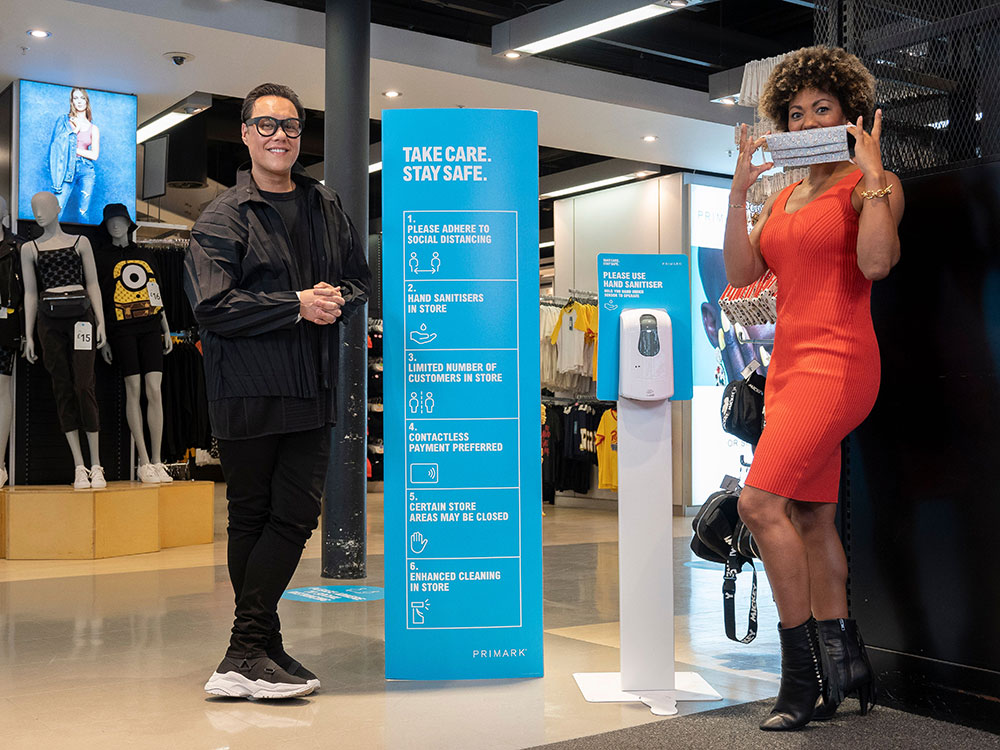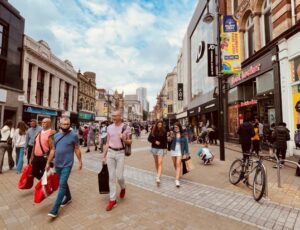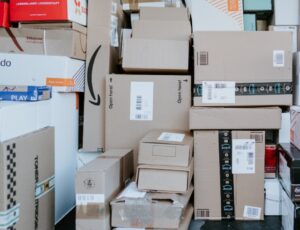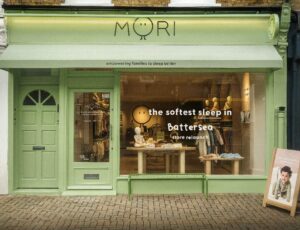Experts share insight on non-essential retail shops reopening and how to shop safely

On Monday 15 June, non-essential retail shops across England began reopening after 12 weeks of closure since the Covid-19 outbreak. They will, however, both look and operate differently compared to three months ago.
To inform the public on what to expect, shopping expert Gok Wan along with media doctor, Dr Zoe Williams, were granted early access to some stores on London’s Oxford Street. A video of them in the stores, talking through changes and providing tips for shoppers, is available to view here.
Commenting is TV star, Gok Wan. “Shopping centres and shops are going to look and feel a little different from what we are used to. Getting a sneak preview was a great way to see first-hand what shops are doing to keep their customers and staff safe.
“We’ve been doing it for supermarkets already, but be prepared to queue up. You may also need to follow a one-way system in-store, which are all designed to limit contact with other shoppers. Guidance will be different depending on what shopping centre or shop you’re going to. It’s important to read any new signs that have been put up that will let you know what you can and can’t touch.
“While it’s a change to what we are used to, I am confident we will all adjust very quickly. The key thing to remember is to respect the guidelines, stick to social distancing, and be patient and as adaptable as we can be.”
Shopping centres and shops are prioritising the wellbeing and welfare of customers and staff.
For instance, to reduce the risk of transmission of the virus, there will be restrictions on the number of customers entering stores. Close contact services such as clothes fitting will also remain suspended until further notice. To reduce congestion and limit contact, customers may have to queue, follow a one-way system, or enter and exit the shop differently than before.
Alongside shopping centres and shops implementing changes, there are key behaviours the public should adopt too. For example, using hand sanitiser where possible and following social distancing guidance by keeping two meters apart.
There is also a recommendation to wear face coverings, especially in enclosed spaces where social distancing isn’t possible. Plus, shoppers should use contactless and prepare themselves for a queue for each shop they enter.
Protective measures in shopping centres and shops to reduce the risk of transmission include:
- Limiting the number of people in stores and implementing a one-way system to limit contact
- Changing the usual exit and entry points to avoid congestion
- Inserting barriers at till points to reduce contact between staff and customers
- Encouraging contactless payment over cash transactions to minimise the risk of transmission
- New store signage to inform customers of what they can and cannot touch
- In most cases, to reduce the risk of transmission, fitting rooms will not be available
Also commenting is Dr Zoe Williams. “Shops have implemented several measures to reduce the risk of transmission of the virus to protect the public and their staff. In addition to the number of changes that stores have made, it’s important that everyone planning to visit the shops does so responsibly.
“We must do our absolute best to keep a two-metre distance between ourselves, other shoppers and store staff. Use hand sanitiser where possible and avoid touching your face. It is recommended to wear a face covering when social distancing isn’t possible, which you can make easily enough at home yourself. All of these things will help reduce the risk of transmission.
“Most importantly, if you or anyone in your household has symptoms, please do not leave the house to go shopping. This puts others at risk and we do not want to reverse the releasing of lockdown. The shops will be there once you are better or through your isolation period. As a reminder for anyone with symptoms, you can book a test online or by calling 119.”













